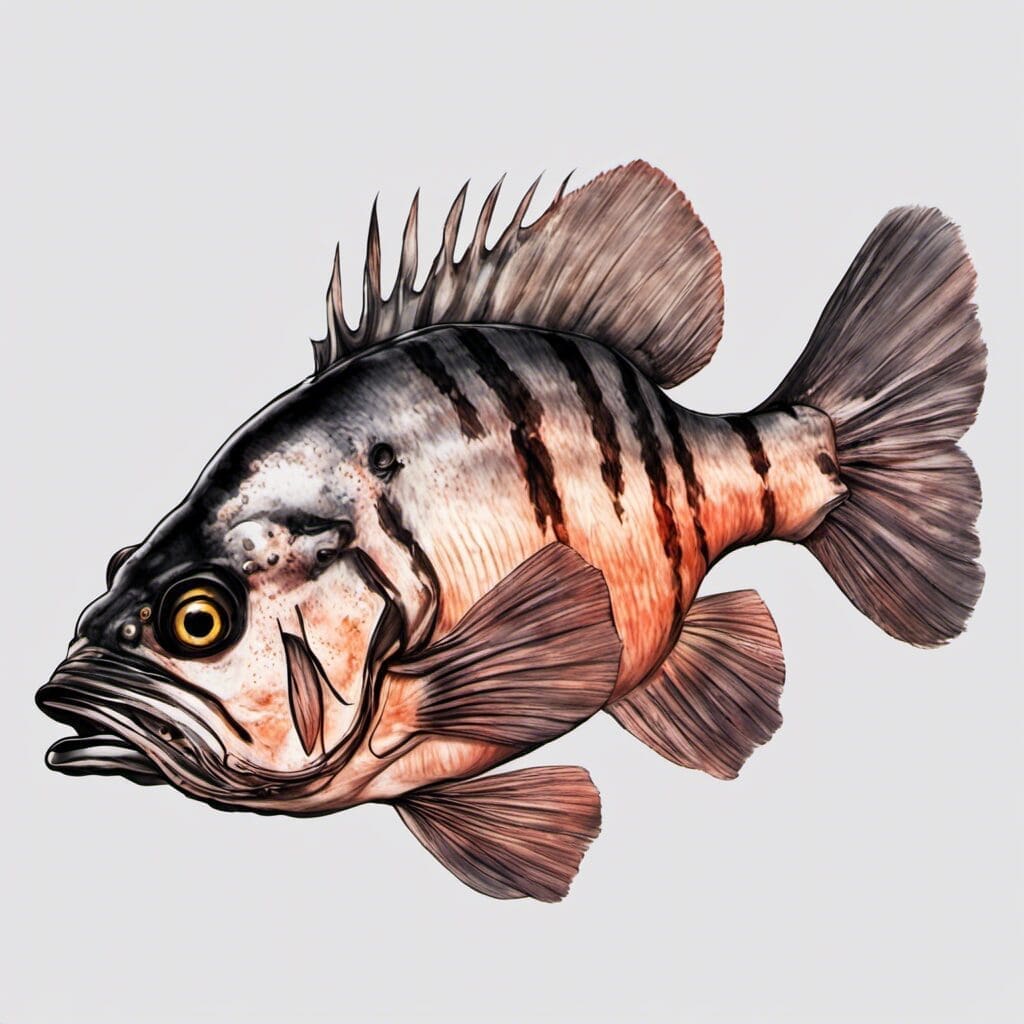Introduction
The Shortbelly Rockfish, scientifically known as Sebastes jordani, is part of the Scorpaenidae family. Noted for their short belly region, these fish are notable inhabitants of the Pacific Ocean.
Conservation Status
The conservation status of the Shortbelly Rockfish is ‘Least Concern’. Efforts have been made to reduce overfishing, which has contributed to the recovery of their population.
Statistics
| Average | Range | |
|---|---|---|
| Length | 25 cm | 14-30 cm |
| Weight | 0.8 kg | 0.3-1.5 kg |
| Average Lifespan | 12 years | N/A |
Distribution
The Shortbelly Rockfish is predominantly found in the North Pacific Ocean, with concentrations along the coasts of Japan, the Korean Peninsula and the United States. They do not participate in large-scale migration but do move relative to changes in water temperature and food availability.
Habitats
- Water type: Marine/Saltwater
- Depth range: 0-549 meters
- Temperature range: 5-15 Celsius
When and Where to See
Shortbelly Rockfish are most abundant during warmer months and are active during daylight hours. They can be spotted near the surface during their juvenile phase, then spending their adult life at deeper, cooler waters.
Best Fishing Locations
- Monterey Bay, California, USA
- North Pacific Ocean near Japan
- North Pacific Ocean near Korean Peninsula
To locate them, look for areas with cooler, deeper waters especially during warm months.
How to Catch
- Preferred bait: Small fish and crustaceans
- Fishing techniques: Trolling, bottom fishing
- Best time: Daylight hours during warmer months
Identification Guide
Shortbelly Rockfish are identified by their short belly, dark blotches on the body, and silvery-pinkish color. They are usually mistaken for other rockfish species but their unique short belly sets them apart.
Culinary
- How to cook: The firm, mild-tasting flesh is suitable for various cooking methods including grilling, broiling, and sautéing.
- Taste Profile: Shortbelly Rockfish has a sweet, delicate flavor and medium-texture flesh.
Additional Information
These species feed primarily on plankton and copepods. They are often preyed on by other species of rockfish, lingcod, and birds. There’s no known cultural or historical significance relating to the Shortbelly Rockfish.
References and Further Reading
- NOAA Fisheries – Shortbelly Rockfish
- California Fish Website – Shortbelly Rockfish

